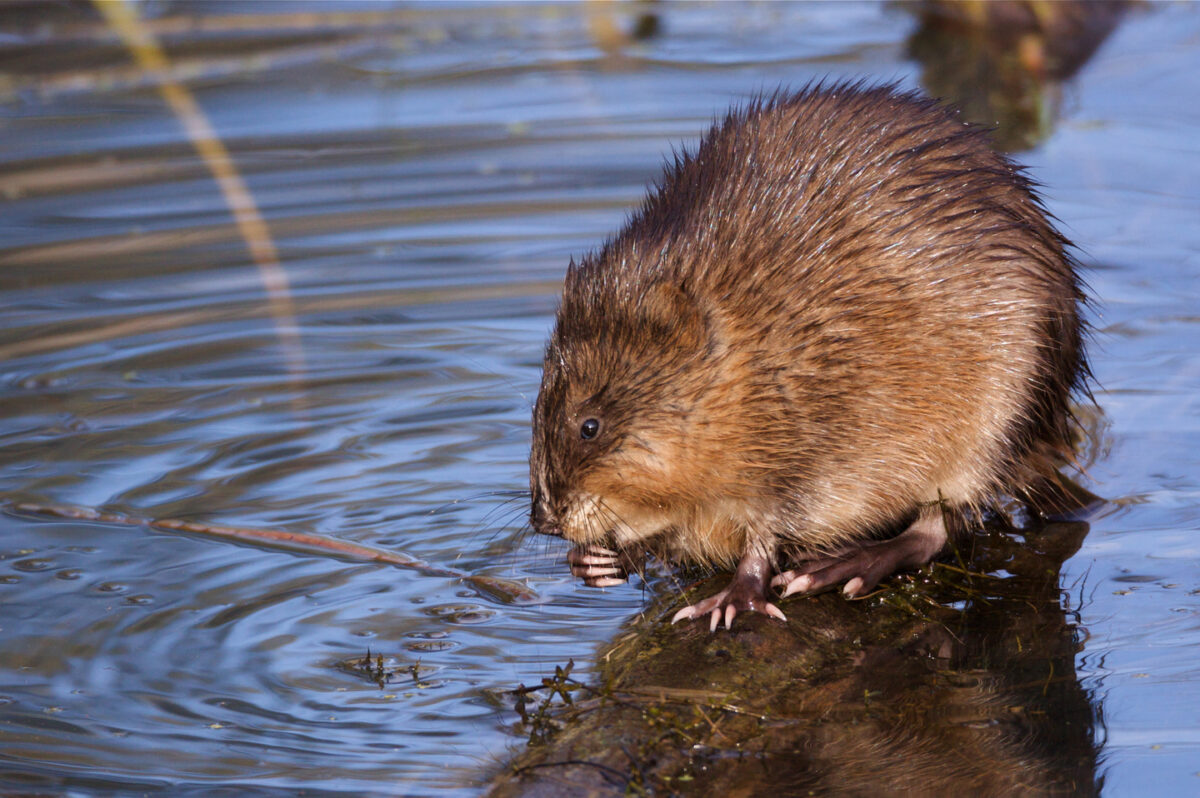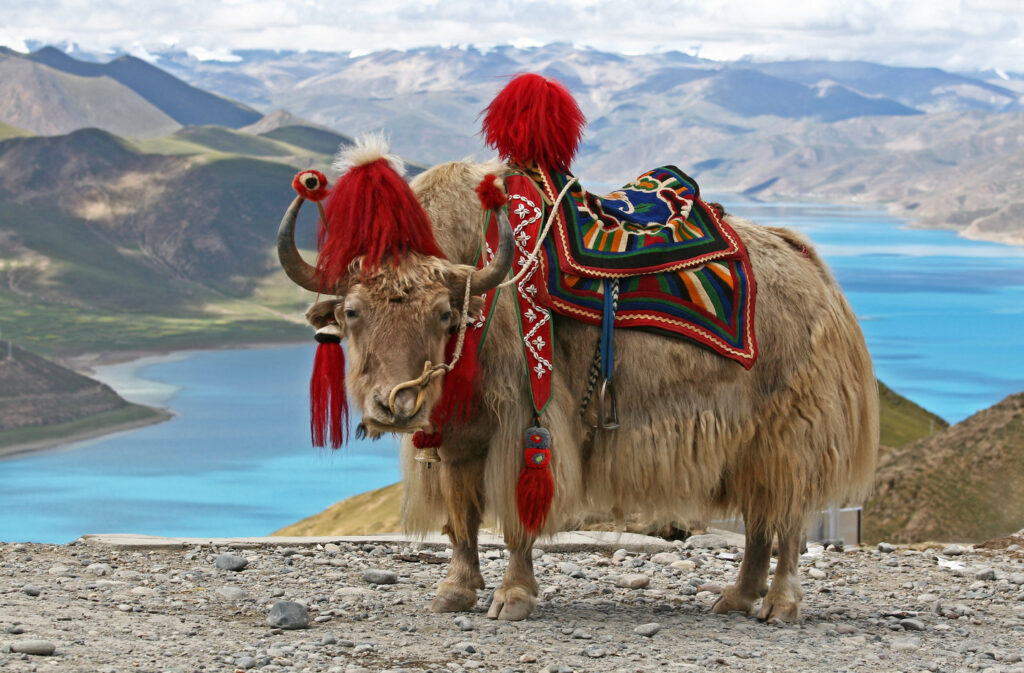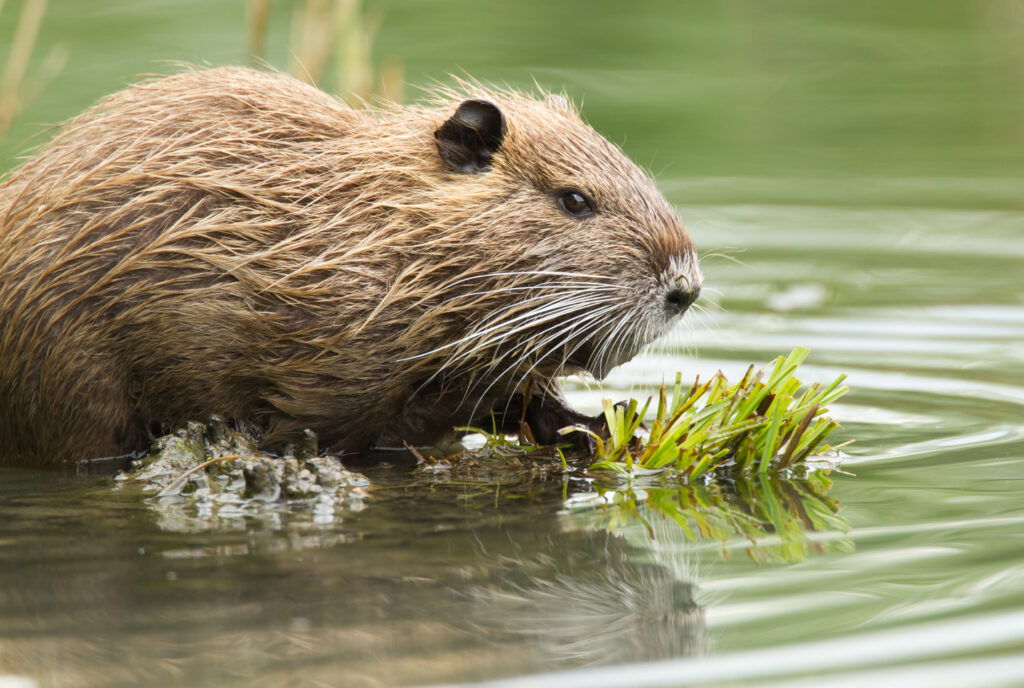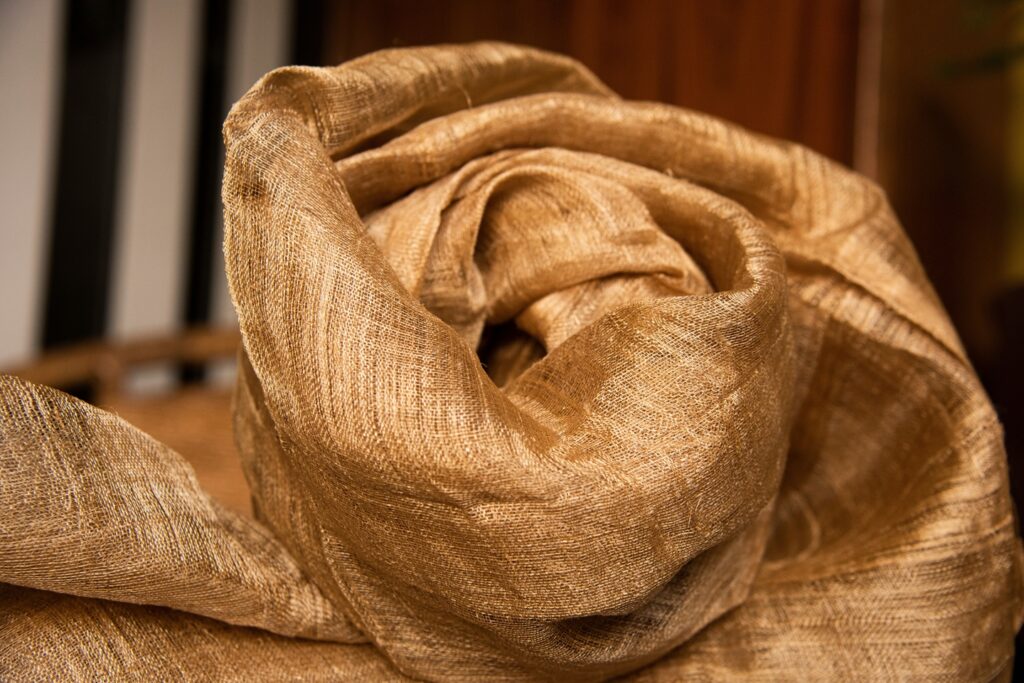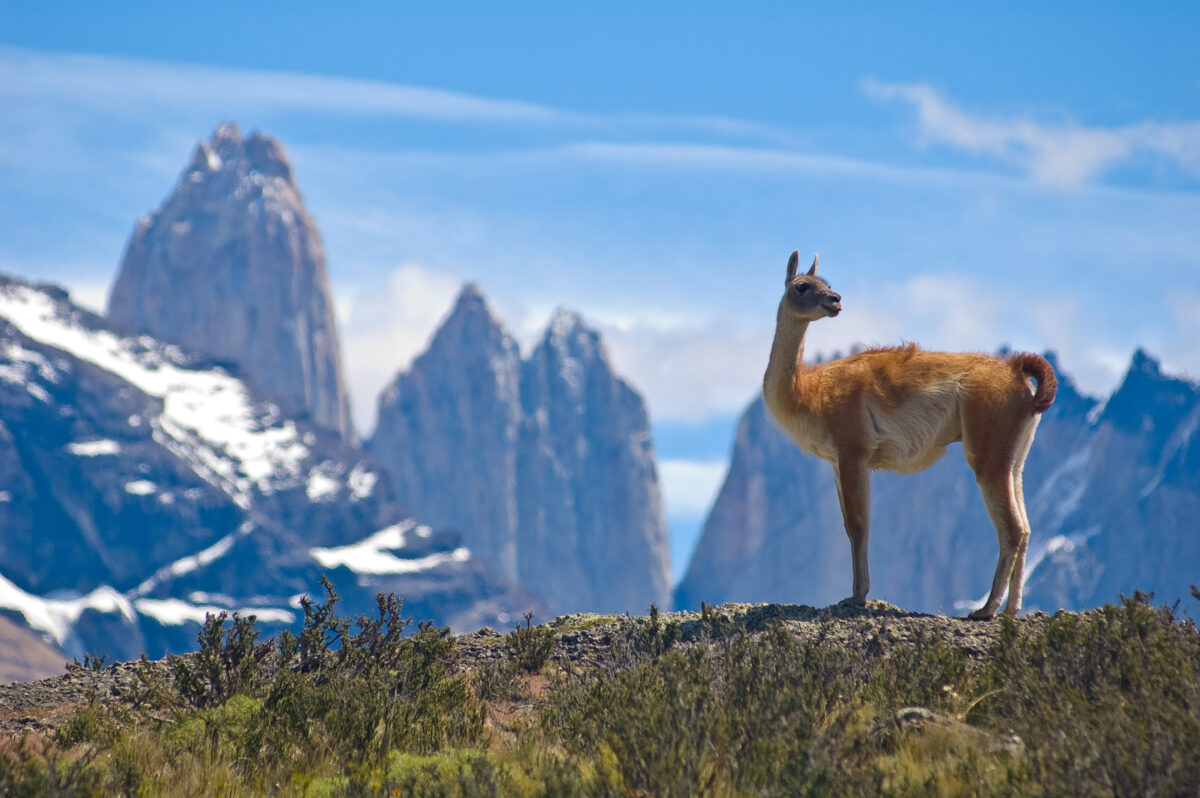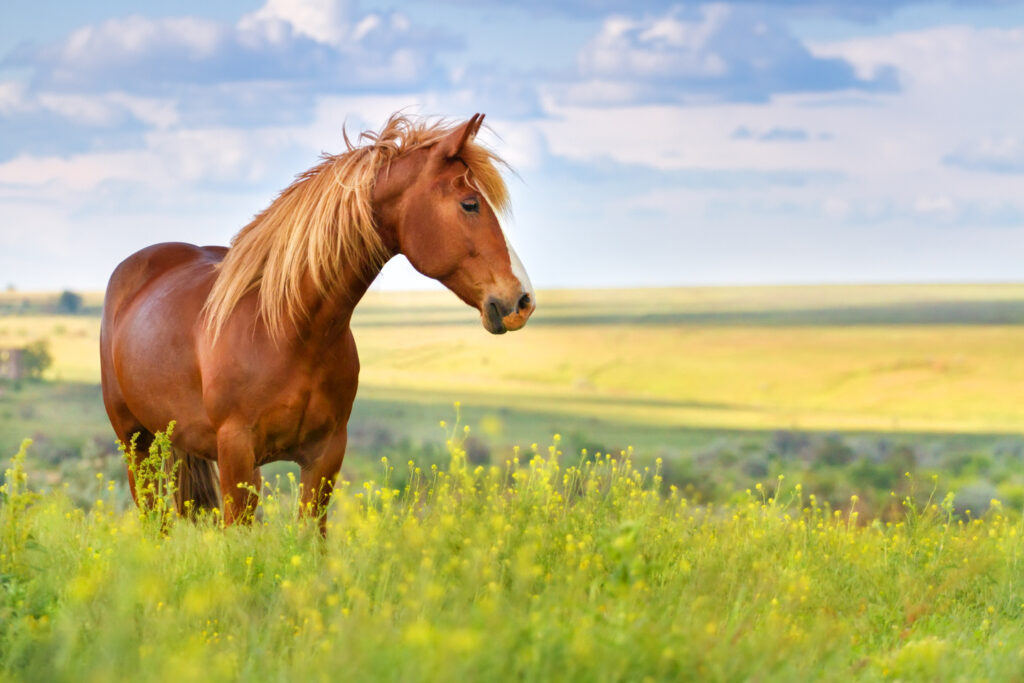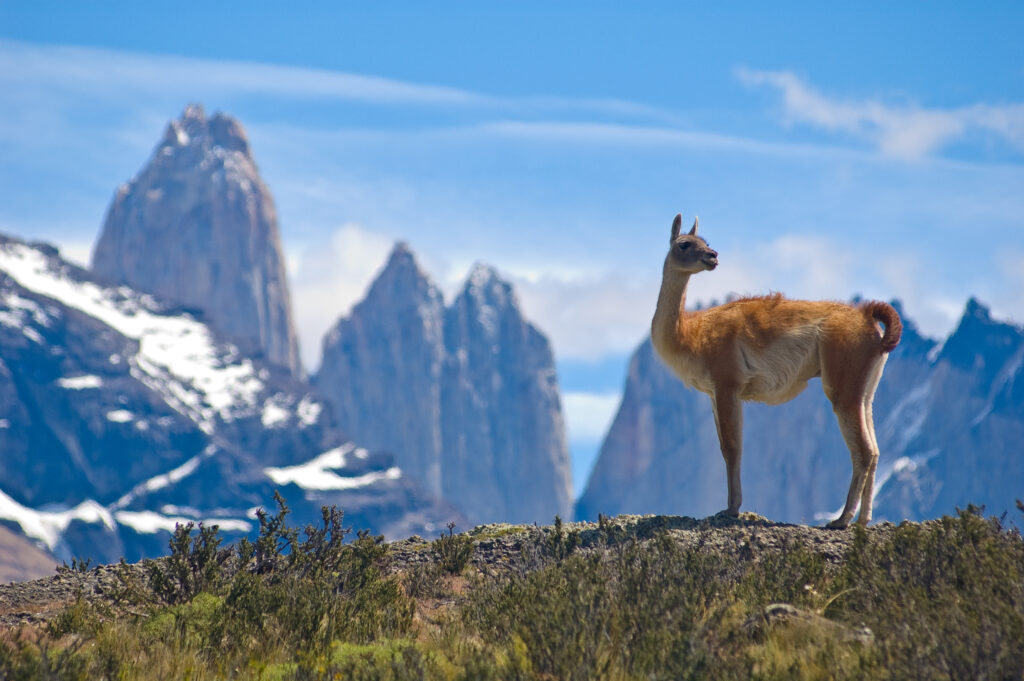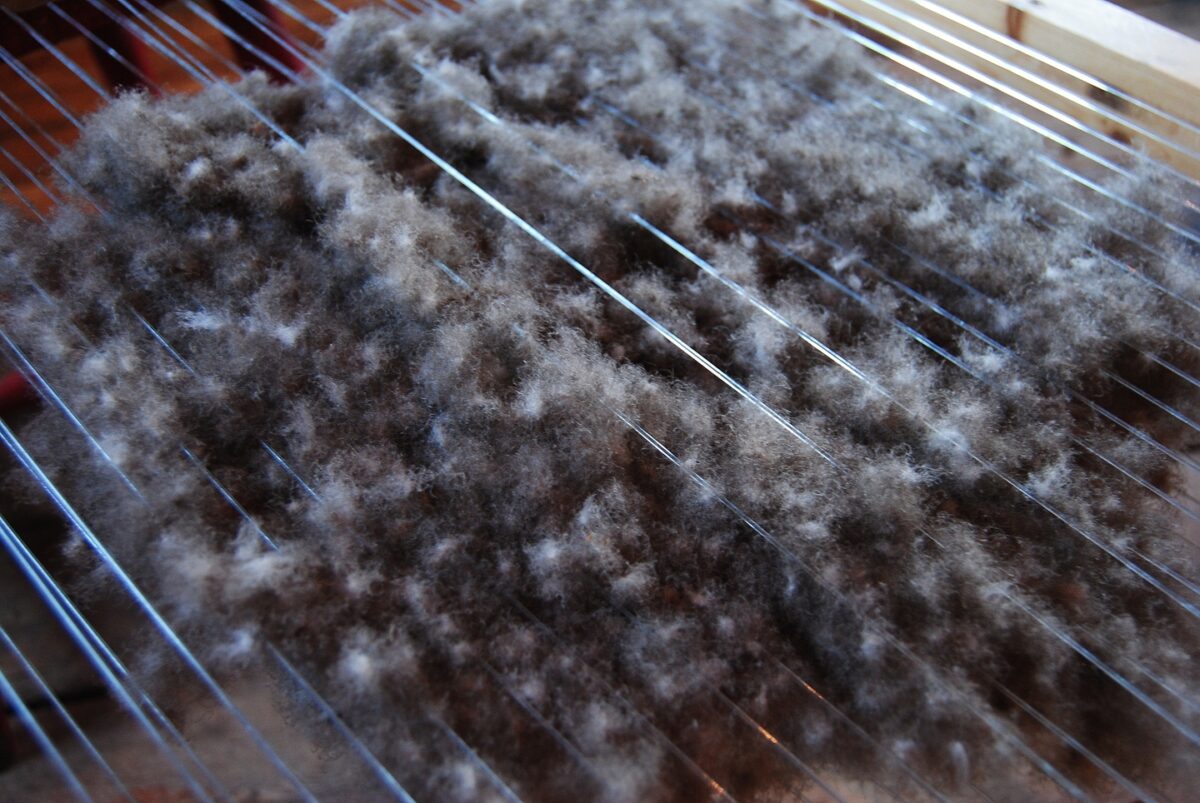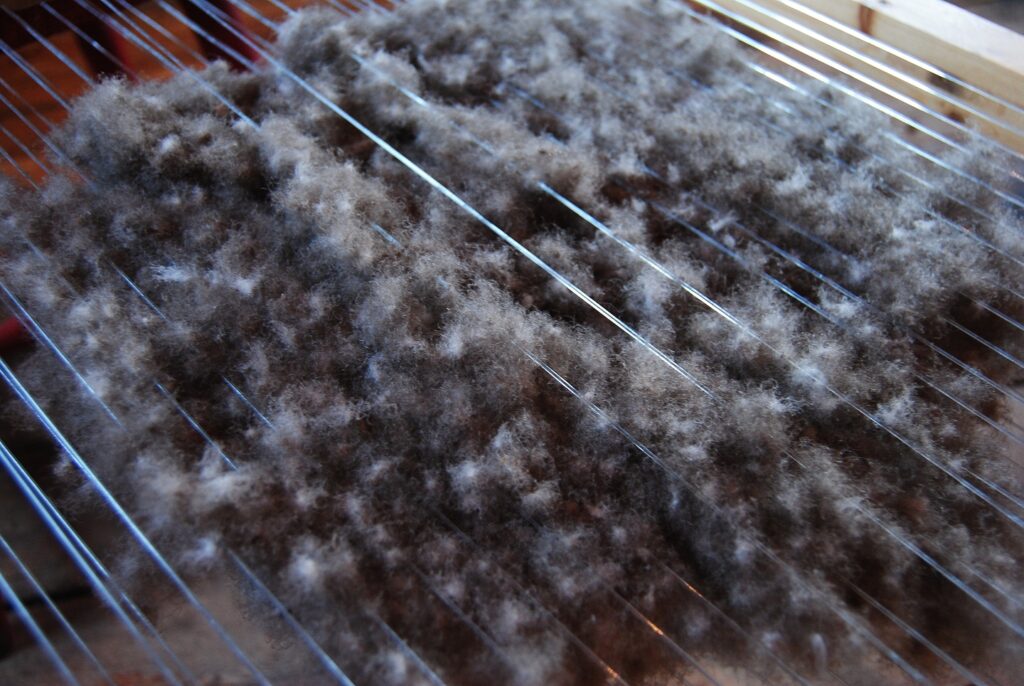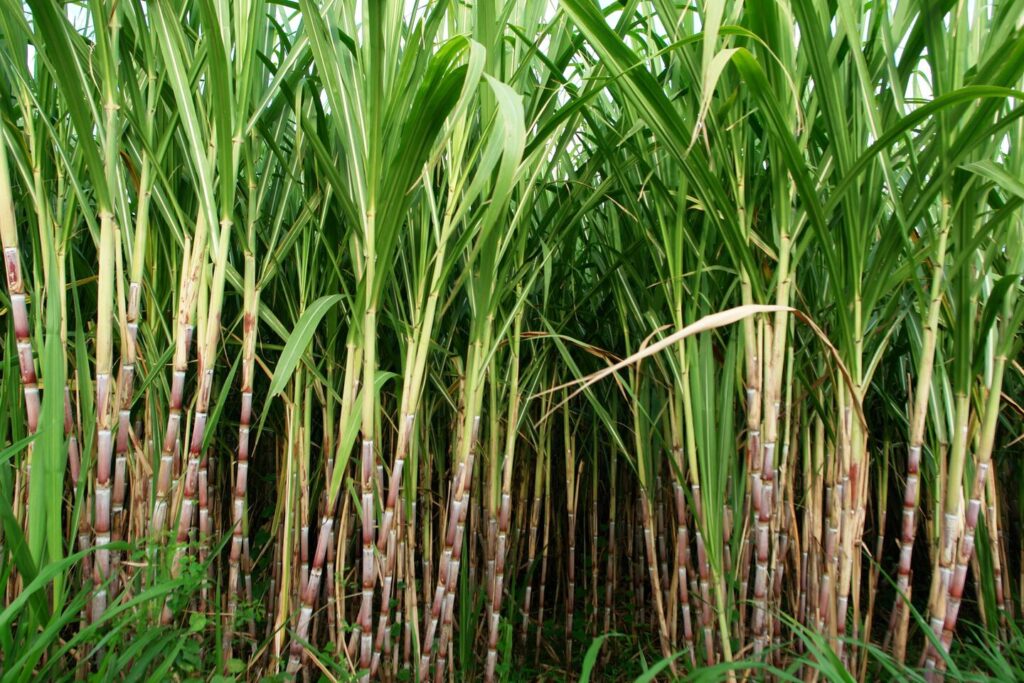
Bagasse (Sugarcane) fibre
Botanical Information
- Generic name of sugarcane is Saccharum officinarum and is a member of the Poaceae family .
- It is an herbaceous plant within the grass family.
- It is a perennial monocot.
- It grows mainly in tropical and sub-tropical zones.
Agricultural conditions
- Sugarcane cultivation can thrive in various soil types, encompassing sandy soils, clay loams, and heavy clays.
- However, the optimal conditions for sugarcane growth are found in well-drained, deep, loamy soils with a pH of pH5 to pH8.5.
- Annually, 75-100cm of rainfall is necessary for sugarcane to thrive.
- The optimal conditions for sugarcane cultivation include an extended, warm growing period characterized by abundant sunlight, a temperature of 21°C to 27°C and sufficient soil moisture.
- The total sugar crop area worldwide is around 31.3 million hectares, with sugar cane comprising about 70%.
- In 2016, the leading sugar-producing nations were Brazil, India, and China, contributing 20.57%, 16.91%, and 6.31% to the global production, respectively.
- In the recent period, China’s sugar cane cultivation spanned around 1.23 million hectares, with a corresponding production of about 100 million tons in the 2017- 18 period.
Bagasse
- Bagasse is the fibrous remainder of cane stalk that remains after the sugar cane has been crushed and its juice extracted .
- Mountains of bagasse make up the heaps, and a single mill can generate up to 3500 tons per day.
- Bagasse consists of a combination of long and fine fibres found in the outer rind of the stalk, while the inner part, referred to as the pith, contains short fibres .
- Each year in Egypt, the annual production of crop residues exceeds 33 million tons, with sugarcane bagasse accounting for 3 million tons of this waste.
- Derived from sugarcane, it is a versatile by-product that can serve as a renewable source for manufacturing or reconstructing products with recyclable foundations.
Table1.Physical & mechanical properties and chemical composition of bagasse fibres
Physical & Mechanical properties of bagasse
Length
200- 250mm
Fineness
6.5-14 tex
Tensile strength
4.1 cN/tex
Breaking elongation
1.80±1.12%
Chemical composition
Cellulose
45%
Hemicellulose
33%
Lignin
20%
Typical uses
- In a sugar cane factory, bagasse is typically incinerated as a source of fuel to generate steam and sustainable electricity.
- As sugarcane is a cellulose-based plant, the bagasse is used as a resource for paper production.
- Additionally, it serves as cattle feed due to its protein enrichment.
- It can also be utilized in the manufacturing of industrially significant enzymes such as cellulase, xylanase, amylase, etc. and biofuel.
- If sugarcane bagasse is pretreated in a mild acid solution under moderately rigorous conditions, the process releases sugars and various hydrolysates, such as volatile organic acids, furfurals, and acid-soluble lignin. These hydrolysates can be utilized by the aerobic bacterium Ralstonia eutropha to biosynthesize valuable bioplastics known as polyhydroxyalkanoates (PHAs) .
- Bagasse can be used as reinforcement materials to create composites which can be used for construction, automobiles, etc.
















